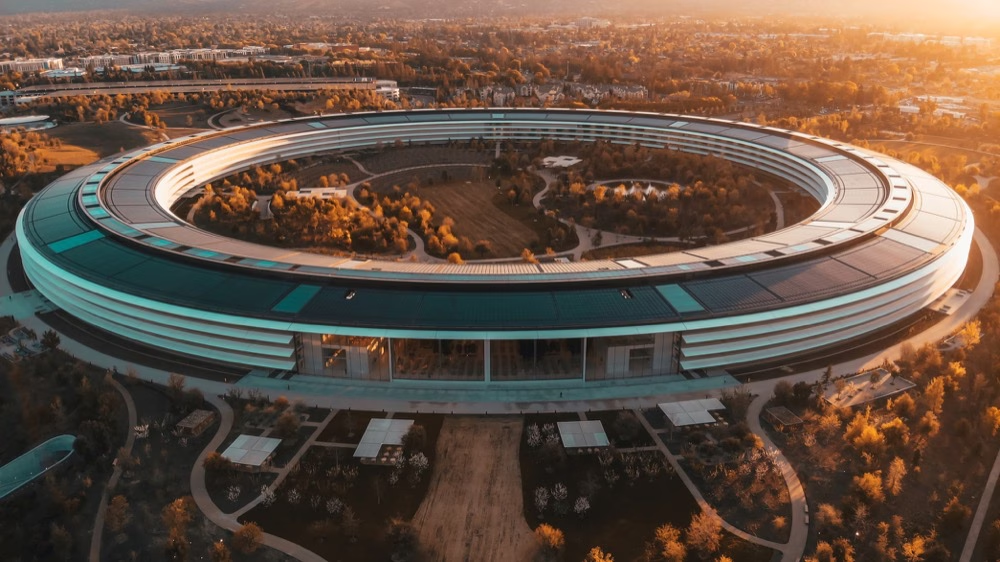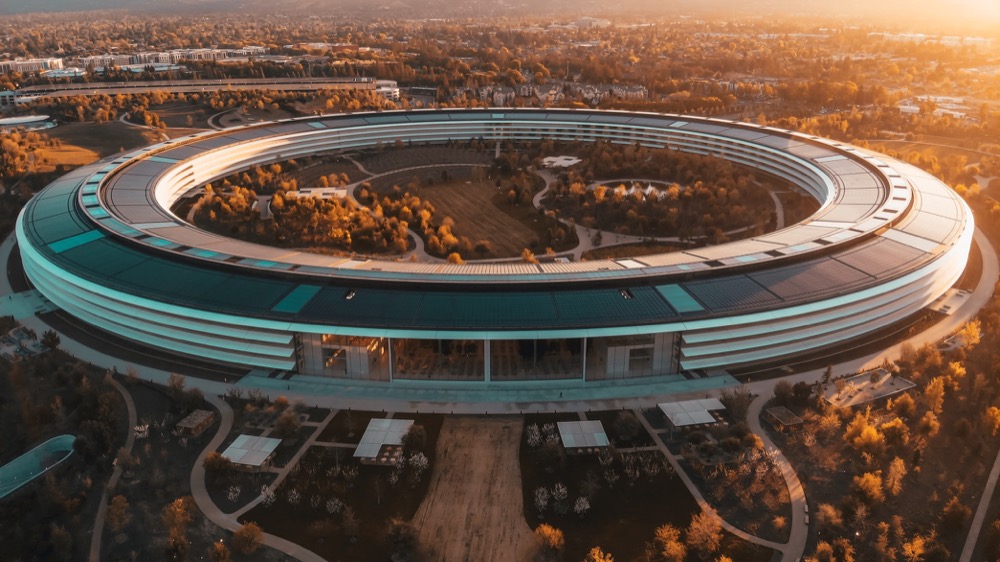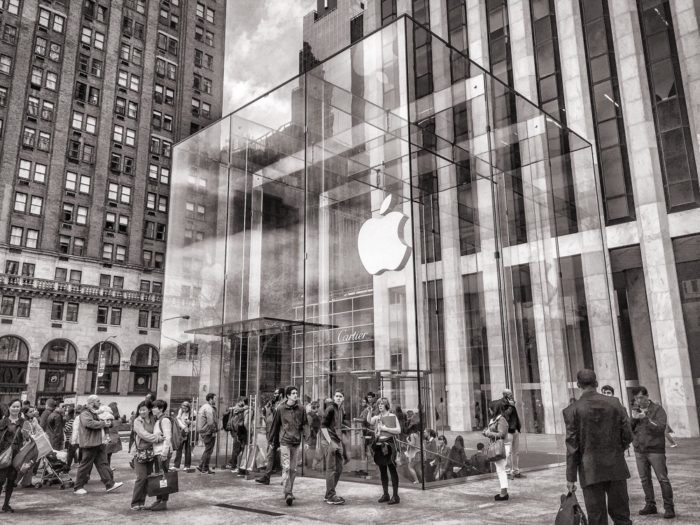Is Apple Truly Design-Build?


Designed by Apple in California. Assembled in China.
Apple is in the news every few hours as further information emerges on its upcoming release event.
In light of this cultural event and the ripple of electrification it seems to spread through humanity, I asked myself — is Apple Inc. truly design-build? Apple is clearly a model of success as an international company of 33 years which is now the most profitable on earth. Apple’s success over the last 10 years has been truly unparalleled. So, how does it work? I sensed a parallel to my own field and shared values in both design and execution.
To be clear, I am a proponent of the Design-Build system across the landscape of the creation of buildings: architecture, design, and execution. However, this concept and model plays out across industries where the same basic principles of complete planning, value and execution apply. My view is the Design-Build system leads to greater integrity, quality, and overall responsibility for one’s product — no matter the industry or sphere of creation.
Design-Build is a concept I champion and advocate for passionately, openly and directly. In the end, I deal with and help people. In the case of Apple, these are aesthetic and powerful handsets, and creative tools which connect individuals, inspire creativity, and assist people, organizations, & businesses to achieve their goals.
Design-Build and its integrated concept of visualization, creation, and then execution has been with man since his very beginning. In Design-Build this is considered one fluid and integrated cycle. Simplicity. The design is not separated from the build — in other words the natural connection is not fragmented.
Inherent in the definition of architecture is both the designing and the building of structures. Without planning the buildings would lose their purpose. Without buildings there would be no structure. Only lines on paper – maybe something to hang on a wall as art.
Design-Build is the best delivery method for a construction project. It has always been this way. The difference between Design-Build and just “design” or just “build” is fundamentally this: one is taking ownership for both the design (the plan) and the execution of that plan. To have a plan by itself does not get you anything. One needs to work out the steps or targets to bring that plan to reality.
These steps cannot be an afterthought. They are integral and need to be done in combination with the plan. If they are done separately and independently, they will not gel and will not be coordinated — resulting in discord and inefficiencies. The Designer is lost without the steps of execution worked out. The Builder has nothing to execute without the plan. They were meant to be merged and it is unnatural to have them separate. One does not need to personally do the work but if one actually does line up a project to be completed, one has essentially set the project up to be successful.
So let us take a look at Apple Inc. in this light:
Steve Jobs in his creation of Apple and his vision of what it could do as a brand for the creativity of Mankind was truly exceptional. Apple’s products are used by some of the most creative, dynamic and visionary individuals across the arts, design, and business. The physical product itself is universal and iconic. On a financial level the company’s Market Cap of one trillion USD is larger than the Gross Domestic Product of over 183 of the 199 countries the World Bank has data for. Think about that for a moment.
Design:
Apple products are designed in California at their state-of-the-art design facility in Cupertino. The Industrial Design Studio at Apple HQ is at the heart of the design process. For many years the haloed space of creative legend Jony Ive — close friend and creative kindred spirit to Steve Jobs. (Jony will depart Apple to form his own company, but will still count Apple as one of his key clients.)
Apple’s design process is legendary and unique — their creative teams are given almost complete freedom and design license without regard to practicality or budget. They are given no budget restrictions and they operate distinct from the traditional Apple organizational structure. In the course of this process the design team reports directly to an executive team — not manufacturing. They are not bound by practical manufacturing limitations or concerned with the day to day operational matters of the company and are thus given incredible freedom to create.
After the design process, an Apple New Product Process Information is turned over to a Product Development Team. From my perspective this is the later portion of the design phase (similar to design development in our field) and together these comprise Apple’s version of a remarkably detailed completed plan. (During this later phase products are regularly reviewed by Apple’s executive team on Mondays.)
There are multiple product iterations as Apple moves into production and prototypes what has been designed. Changes and improvements can then be made.
Build:

Apple components are sourced from over 500 countries around the world — mostly Asia but also from some in Europe and North America. The more expensive components generally originate from Japan, the US, Germany, Italy, South Korea, and Taiwan.
Assembly takes place in three countries: China, Brazil and the US. In reality, Apple outsources this to contractors, which due to the scale of production is to be expected.
The vast majority of Apple product assembly is done in China (over 95% by value) through multiple companies contracted for the assembly of the various Apple products. FoxConn is the largest and is responsible for the assembly of the majority of the iphones in a city called Zhengzhou — the production capacity is immense at 500,000 per day. (Zhengzou is located in central China and literally called “iPhone City” by some.)
Pegatron, Wistron, and Quanta Computer also assemble for Apple in China. Pegatron makes iPhones as well as the ipad. Wistron makes the iPhone SE in a city called Kunshan. Quanta makes the Apple Watch in Chongqing.
Additional minor assembly is done in Brazil by Foxconn as well (this is primarily a tax incentive designed to reduce iPhone costs in Brazil). The Macbook Pro is assembled in Austin, Texas by a Flextronics — a company based in Singapore.
These processes are tightly and exactly run by Engineering Project Managers and Global Supply Managers from Apple.
The result is the world’s most profitable company with an aesthetic, creative and useful product that is at this point truly universal.
So is Apple truly Design-Build? In the literal sense of the phrase one could argue they are not as they outsource their production. For instance, Foxconn does not produce only Apple products.
That being said, in the true sense Apple actually is Design-Build if viewed in light of the responsibility and full control that is in place each step of the way from conception and design to production and delivery of the finished product to the end user. Apple embraces and owns this process each step of the way.
So on a macro level I would say yes, Apple is Design-Build.
To Steve Jobs, Tim Cook, and Jony Ive I would say thank you for an invaluable lesson in the applied fundamentals of Design-Build.
Refs:
https://www.investopedia.com/news/apple-now-bigger-these-5-things/
https://www.quora.com/Where-does-Apple-manufacture-their-products
